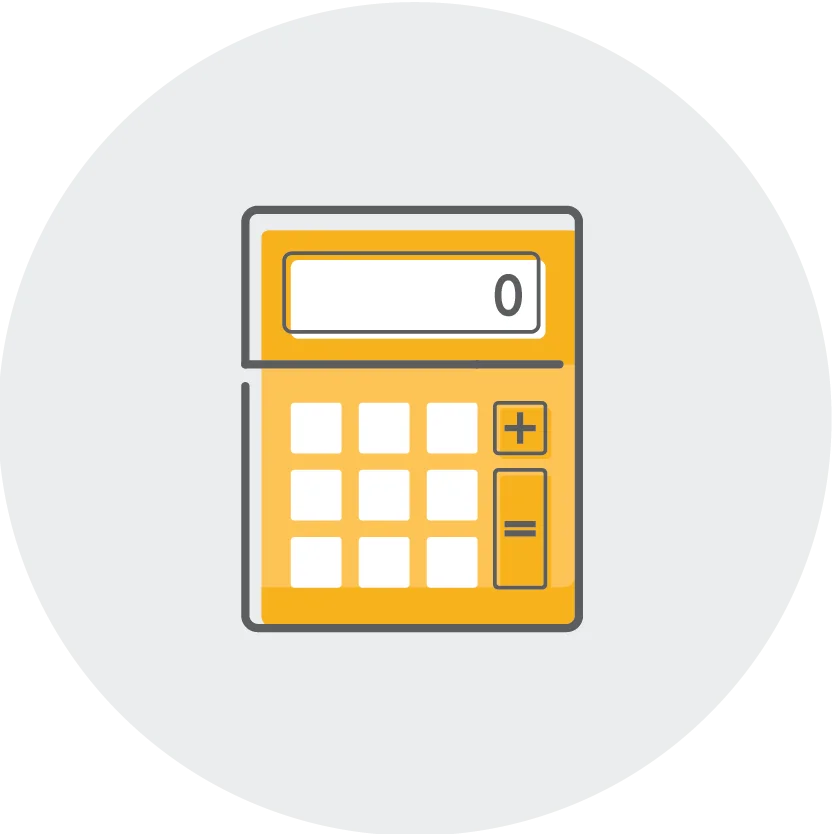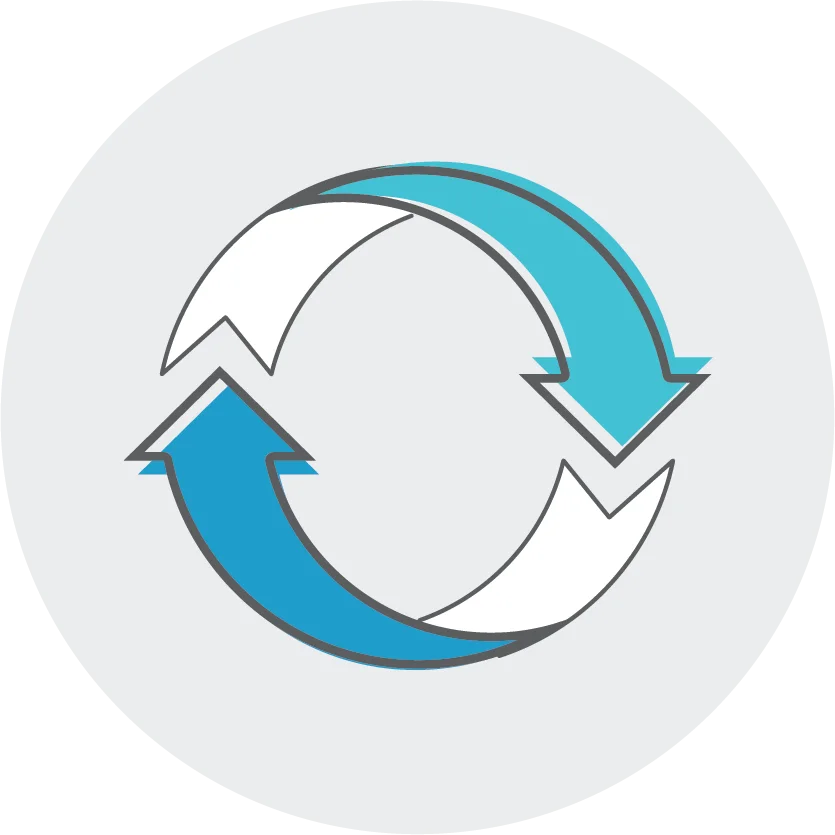Refinancing 101: Understanding Costs and Benefits
Refinancing your mortgage can be a smart financial move, but it’s important to understand the costs and benefits before making a decision. Whether you’re looking to lower your interest rate, reduce your monthly payments, or access your home’s equity, refinancing can offer valuable opportunities—if the timing and terms align with your financial goals.
What Is Mortgage Refinancing?
Refinancing involves replacing your current mortgage with a new one—ideally with better terms. Homeowners often refinance to secure a lower interest rate, adjust the length of their loan term, or switch from an adjustable-rate to a fixed-rate mortgage.
Depending on your financial situation, refinancing can help you save money or achieve specific financial goals, such as consolidating debt or funding home improvements.
Types of Mortgage Refinancing
There are several types of refinancing options available, each with its own set of benefits depending on your financial situation and goals. Here’s a breakdown of the most common refinance options.
Conventional Refinance
A conventional refinance is a standard refinance option for homeowners with a conventional mortgage (not government-backed). This type of refinance allows you to adjust your mortgage terms, secure a lower interest rate, or change the structure of your loan, such as moving from an ARM to a fixed-rate mortgage. Conventional refinancing may involve more paperwork and a full appraisal, but it can be a great option if you’re looking for flexibility and better terms on a non-government loan.
Rate-and-Term Refinance
A rate-and-term refinance is the most straightforward option, where you refinance your mortgage to secure a lower interest rate or adjust the length of your loan term. The primary goal of this type of refinance is to reduce monthly payments or the total amount of interest paid over the life of the loan without changing the loan balance. This type of refinance can be ideal if you’re looking to lower your interest rate or if you want to pay off your loan faster.
Cash-Out Refinance
A cash-out refinance allows you to tap into your home’s equity by refinancing for a larger loan amount than your current mortgage. You receive the difference in cash, which you can use for home improvements, debt consolidation, or other financial needs. This type of refinance can be a good option if you need to access cash for major expenses, or to reduce revolving credit. Still, it’s important to consider the risks associated with borrowing more than your current mortgage balance, especially if you don’t have a solid plan for using the funds.
Cash-In Refinance
A cash-in refinance is the opposite of a cash-out refinance. In this case, you bring cash to the closing table to reduce your mortgage balance. Homeowners typically pursue a cash-in refinance to lower their loan-to-value (LTV) ratio, which can help them avoid private mortgage insurance (PMI) or qualify for better loan terms. If you have extra savings or a windfall of cash, a cash-in refinance can help you secure a lower interest rate and potentially pay off your mortgage faster.
Streamline Refinance
A streamline refinance is a simplified version of refinancing, typically offered by government-backed loans like FHA, VA, or USDA loans. This option allows you to refinance with minimal paperwork and without the need for a full appraisal. It’s ideal for homeowners looking to reduce their interest rates or move from an adjustable-rate mortgage (ARM) to a fixed-rate mortgage. Streamline refinancing is generally faster and less expensive than a standard refinance, but it may not be available to everyone, and you’ll need to meet specific eligibility requirements.
Understanding the Costs of Refinancing
While refinancing can lead to long-term savings, it does come with upfront costs that homeowners should carefully consider. Typical refinancing costs include:
- Closing Costs: Just like your original mortgage, refinancing comes with closing costs, which generally range from 2% to 5% of the loan amount. These can include:
- Loan origination fees: Charged by the lender to process your new loan.
- Appraisal fees: A home appraisal may be required to determine your property’s current value.
- Title insurance: Protects against potential ownership disputes or claims.
- Credit report fees: A credit check is typically needed to assess your eligibility.
- Prepayment Penalties: Some lenders charge fees if you pay off your original mortgage early. Check your existing loan terms to see if this applies.
- Private Mortgage Insurance (PMI): If your home equity is below 20%, refinancing may require PMI, which adds to your monthly costs.
While these costs can add up, many lenders offer options to roll them into your new loan, though this can increase your overall loan balance and interest paid over time.
The Benefits of Refinancing
Refinancing can offer several financial benefits, making it an attractive option for many homeowners. Some key advantages include:
- Lowering Your Interest Rate: One of the primary reasons homeowners refinance is to secure a lower interest rate, which can reduce monthly payments and save thousands over the life of the loan. If market rates have dropped since you took out your original mortgage, refinancing could result in significant savings.
- Reducing Your Monthly Payments: Refinancing to a longer loan term can lower your monthly mortgage payments, providing extra cash flow for other financial goals. However, it’s important to consider that a longer loan term may increase the total interest paid over time.
- Shortening Your Loan Term: If you’re in a strong financial position, refinancing to a shorter loan term—such as switching from a 30-year to a 15-year mortgage—can help you pay off your home faster and save on interest. While this typically increases your monthly payments, the long-term savings can be substantial.
- Accessing Home Equity: A cash-out refinance allows you to tap into your home’s equity for purposes such as home improvements, debt consolidation, or investing. This can be a cost-effective way to access funds compared to high-interest credit options.
- Switching Loan Types: If you currently have an adjustable-rate mortgage (ARM) and want predictable monthly payments, refinancing to a fixed-rate mortgage can provide stability, especially if interest rates are expected to rise.
How to Calculate Your Break-Even Point
Before refinancing, it’s essential to calculate your breakeven point, which is the time it takes for your monthly savings to outweigh the upfront refinancing costs.
To determine your breakeven point, divide the total closing costs by your expected monthly savings. For example, if refinancing will cost you $5,000 and save you $150 per month, your breakeven point would be:
$5,000 ÷ $150 = 33 months
In this scenario, it would take 33 months, or just under three years, to start realizing the financial benefits of refinancing. If you plan to stay in your home beyond this period, refinancing could make financial sense.
Is Refinancing Right for You?
Refinancing can be a valuable financial tool, but it’s important to weigh the costs and benefits based on your personal goals and timeline. Consider the factors outlined in this article to understand if refinancing might be right for you.
If you’re ready to explore your refinancing options, our licensed loan officer specialists at Mutual of Omaha Mortgage are here to help. Call us today at 1-800-24-RATES to discuss your goals and find the best strategy for your financial future!











